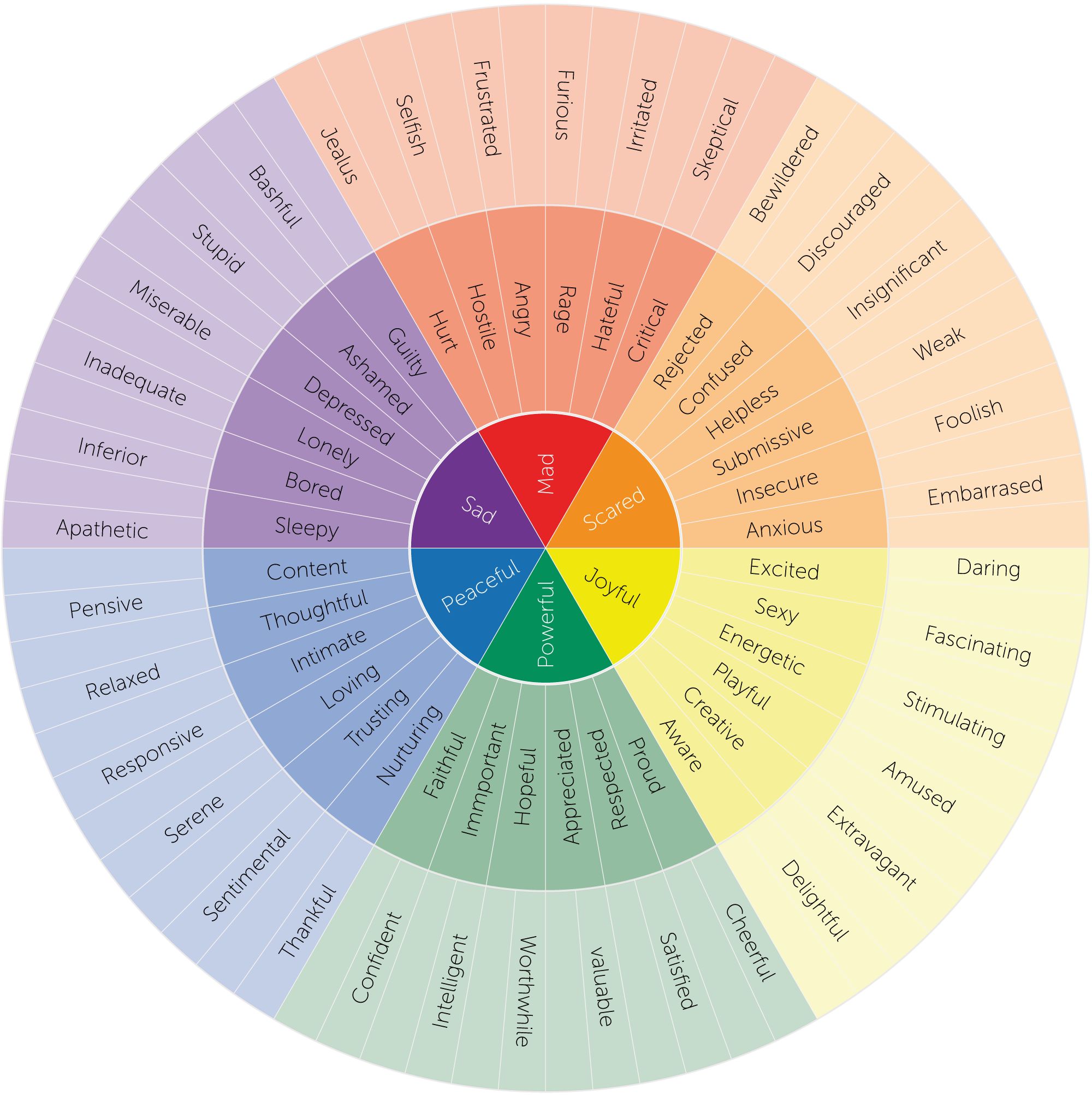Emotions are hard. They're hard to communicate, hard to absorb, hard to convey (at least for me!). But it's also extremely fulfilling and one of the top reasons I love doing media music.
However, this document has saved me from a lot of trouble along the way, especially when working with directors/art directors on a project where we talk more about feelings than musical nerdyterms. Which I can recommend, by the way.
So what's the wheel of emotions?
Browsing the internet it seems that what I'm linking to today is a derived version of a tool developed by Robert Plutchik meant to organize your feelings and has been used in psychotherapy to great effect.
The gist of the model is that you start with 6 main emotions in the middle which then branch out and then branch out again, into emotions that are more detailed and faceted.
How I've used it
In working with other people's visions it's very important to be able to convey the right things. And so when I get a brief that states Peaceful as an emotion, I will follow up by looking at this wheel;
"When you say Peaceful, do you mean a.. Sentimental or thoughtful, or maybe a Pensive emotion?"
And very often I get a lot more information by doing this, which helps me to get closer to what the client wants, quicker!
Practice your emotions
It has to be said though - if you don't know the difference musically between the emotions in the above example there's little point in asking. So practicing writing for one or more of these emotions (doing two is a lot harder than one!!) will enable you to perform better when you need that "Miserable + Worthwhile" combo for a drama track or a "Playful + Insecure" for an ad.
To print this (I have one on an easel in the studio), you can download the file here. This version is licensed under creative commons. There's another version on the internet that fills in the outer ring with twice as many emotions, I couldn't find that with a CC license though, so you'll have to go hunting on your own. Plenty of emotions in this one to get you started!
